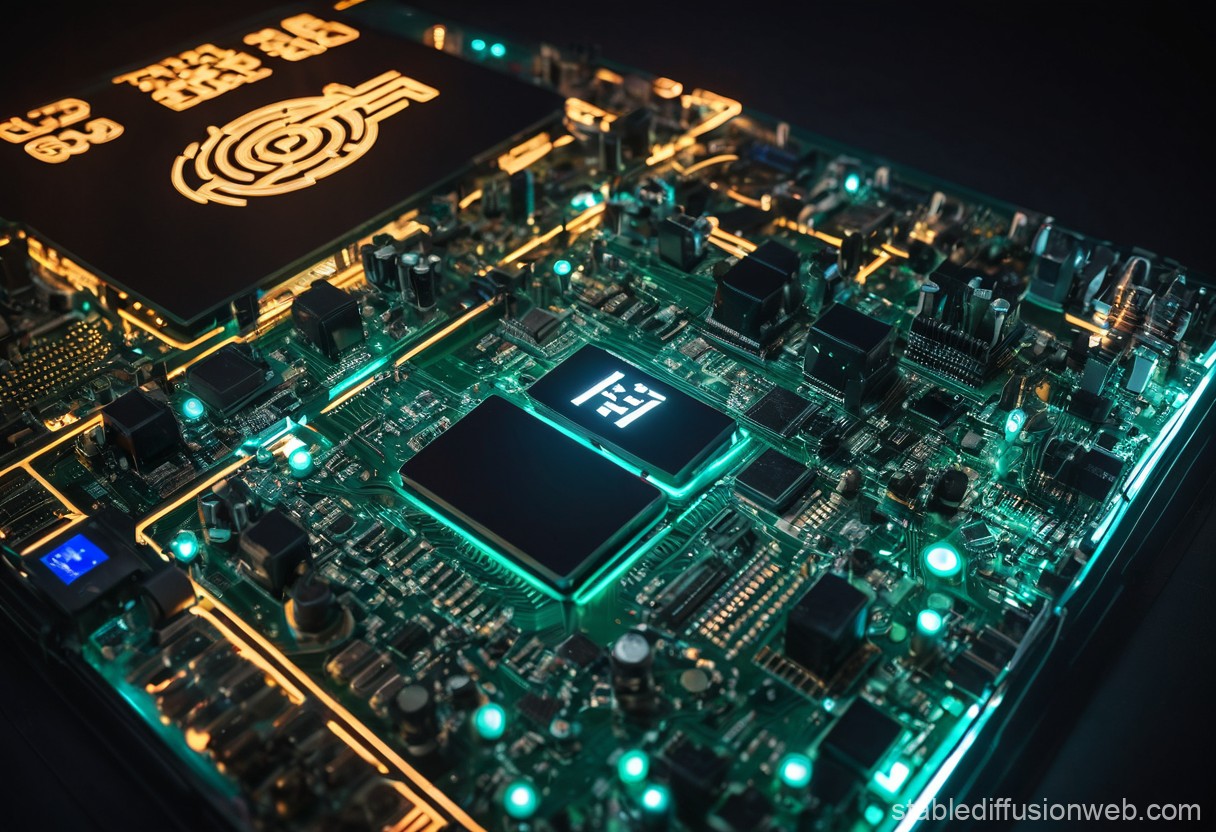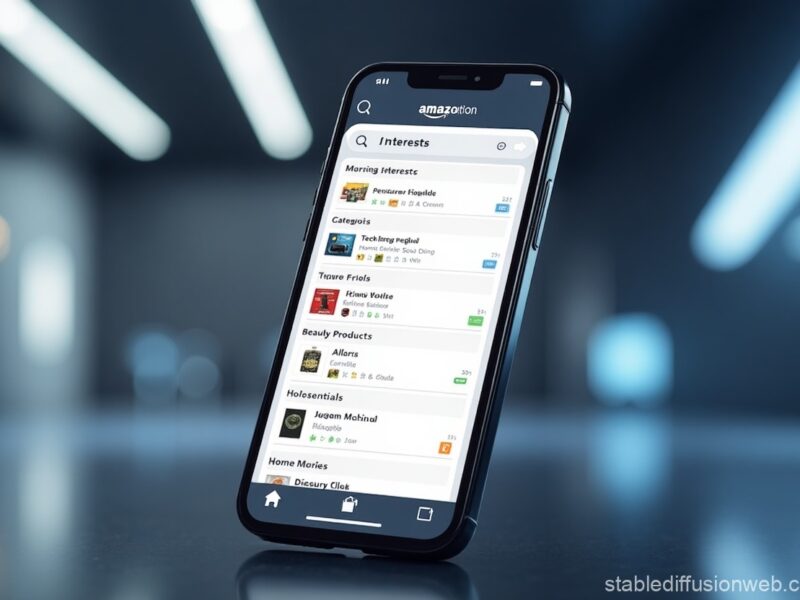ChatGPT is reshaping the way we write, work, and even think. Naturally, this evolution stirs debate, raising questions about authenticity and the ability to distinguish human-written content from AI-generated text.
Nowhere is this debate more intense than on LinkedIn, where self-appointed AI detectives claim they’ve found a foolproof way to detect ChatGPT-generated content: the em dash.
Yes, that simple punctuation mark—historically embraced by literary giants like James Joyce, Emily Dickinson, and Stephen King—is now viewed with suspicion. But is the em dash really an AI signature, or is this just paranoia over punctuation?
The Em Dash on Trial
Rebecca Harper, Head of Content Marketing at ISMS.online, finds the claim ridiculous: “If we start censoring good grammar out of fear of AI, we’re only degrading human writing.”
She has a point. The em dash isn’t an obscure or niche piece of punctuation. It’s simply used more frequently in some writing styles—particularly in American English and AP Style—compared to British English, where it’s less common.
Robert Andrews, a Senior Editor, sheds light on the stylistic difference: “It’s not just an AI marker—it’s a hallmark of U.S. English and AP Style. While it’s not commonly used in UK journalism, it’s frequently encountered in American editorial environments, which is why it likely appears so often in AI-generated content.”
The Default Dash of AI
So why has the em dash become an AI “tell”? The answer likely lies in ChatGPT’s training data, which consists of vast amounts of U.S. English text. Since em dashes are standard in many American publications, they naturally appear in AI-generated writing.
Chris McNabb, CTO at eGroup Communications, explains: “Most people don’t bother with an em dash or even know how to type one, but AI tools like ChatGPT use them frequently. If you see multiple em dashes in a single post, chances are it’s AI-generated.”
This belief has led to a strange new phenomenon: professionals are actively removing em dashes from their writing to avoid suspicion. Editors and marketers now swap them out for commas or periods just to ensure their content doesn’t appear AI-generated.
Lauren Kennelly, Brand Services Director at Manifest Group, admits she’s felt pressured to adjust her writing: “Proper use of an em dash is not only grammatically correct but also part of our brand’s identity. But I’ve started instructing ChatGPT to exclude them, just to avoid the stigma.”
Is AI-Detection Even Reliable?
So, does the em dash definitively indicate AI-generated content? Not necessarily. “It depends on the context,” says Will Moore, Communications Manager at Tailscale. “If a seasoned writer uses them, it’s not suspicious. If my 12-year-old son suddenly starts inserting them in his homework, that’s another story.”
Context is key. There are certain tells of AI-generated text—awkward phrasing, excessive emoji use, unnatural transitions—but even these are becoming harder to spot.
Many assume AI detection tools can solve the problem. In reality, they are often unreliable. A paragraph written entirely by a human can still be flagged as AI-generated. Watermarking AI content has been proposed, but its feasibility remains uncertain.
The Real Issue: Lazy AI Use
Perhaps the em dash debate isn’t about detecting AI but about identifying lazy writing. Poor prompts and unedited AI-generated text stand out, but a well-structured prompt, careful editing, and a personal touch make AI-assisted content nearly indistinguishable from human writing.
Most professionals who use AI don’t let it do all the work—they use it for brainstorming, refining ideas, and improving phrasing. The real issue isn’t AI itself but how people choose to use it.
The AI Witch Hunt
Writers naturally feel frustrated when they spend hours crafting original content, only to see AI-generated material garner engagement. Beyond that, AI tools come with ethical and environmental costs, adding to the debate about their widespread use.
However, the em dash “witch hunt” is ultimately a waste of energy. Even if AI plays a role in content creation, a skilled writer will refine and personalize it enough to avoid detection. If you can’t tell the difference, does it even matter?
The bottom line? The em dash isn’t a tell—it’s just punctuation. And maybe, just maybe, we should stop overanalyzing it.


